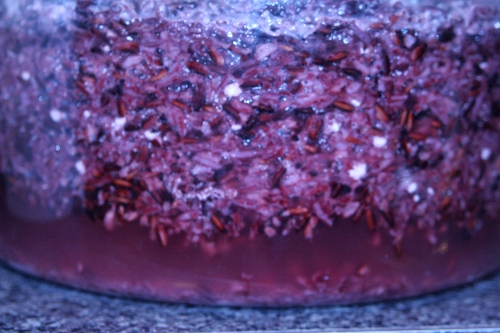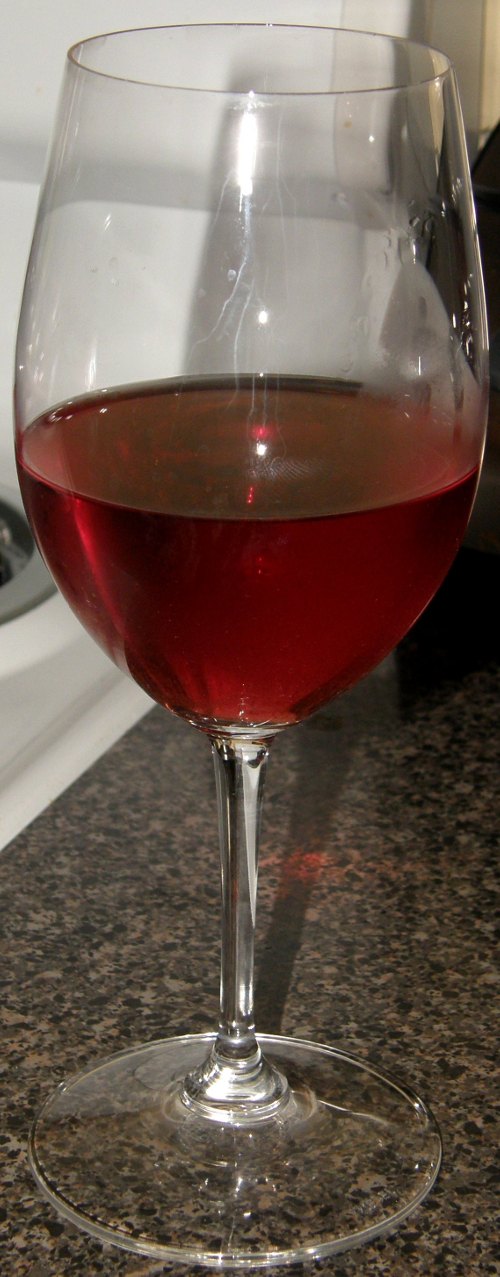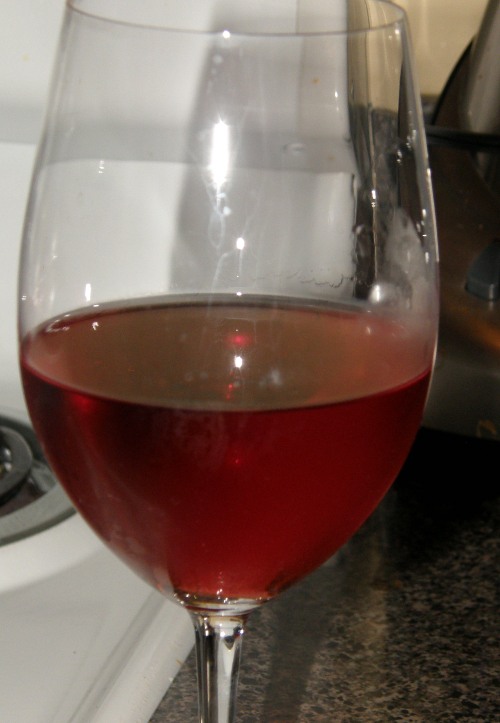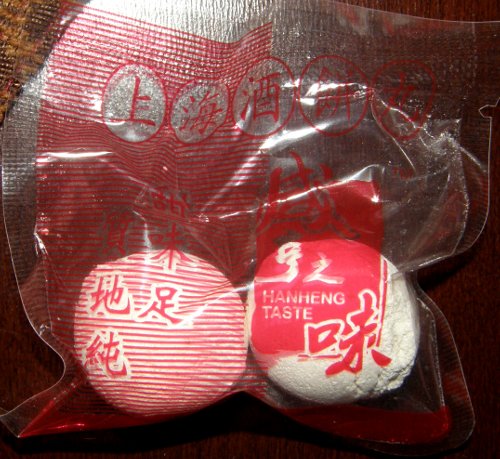anyone knows if that pink color stuff is ok? my friend said that i should throw everything away. it's the 7th day of fermentation~~
this is the recipe that i am following.. http://shoonyin.blogspot.sg/2012/04/how-to-make-chinese-rice-wine-no-mi-jiu.html


this is the recipe that i am following.. http://shoonyin.blogspot.sg/2012/04/how-to-make-chinese-rice-wine-no-mi-jiu.html



















































![Craft A Brew - Safale BE-256 Yeast - Fermentis - Belgian Ale Dry Yeast - For Belgian & Strong Ales - Ingredients for Home Brewing - Beer Making Supplies - [3 Pack]](https://m.media-amazon.com/images/I/51bcKEwQmWL._SL500_.jpg)











